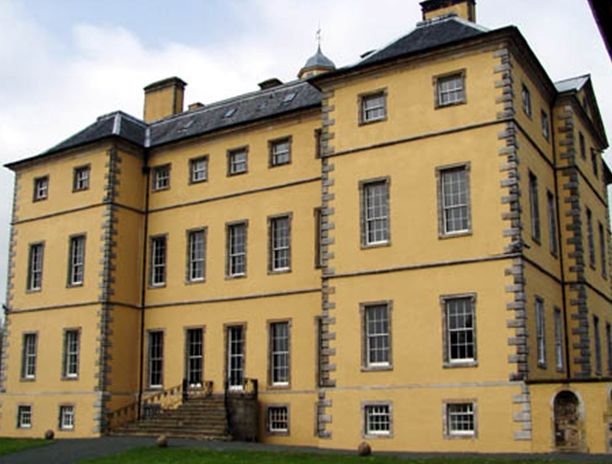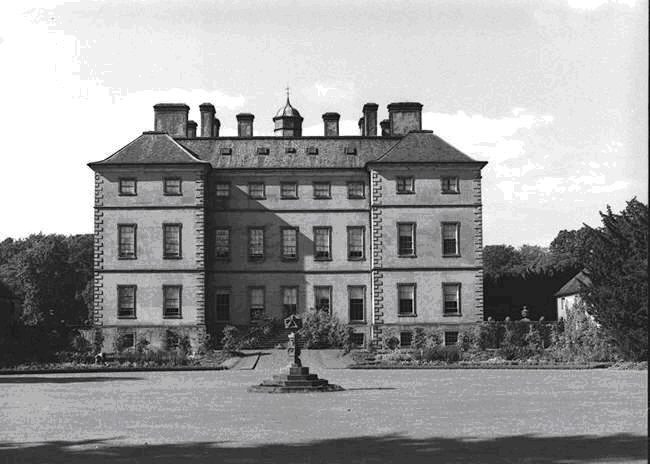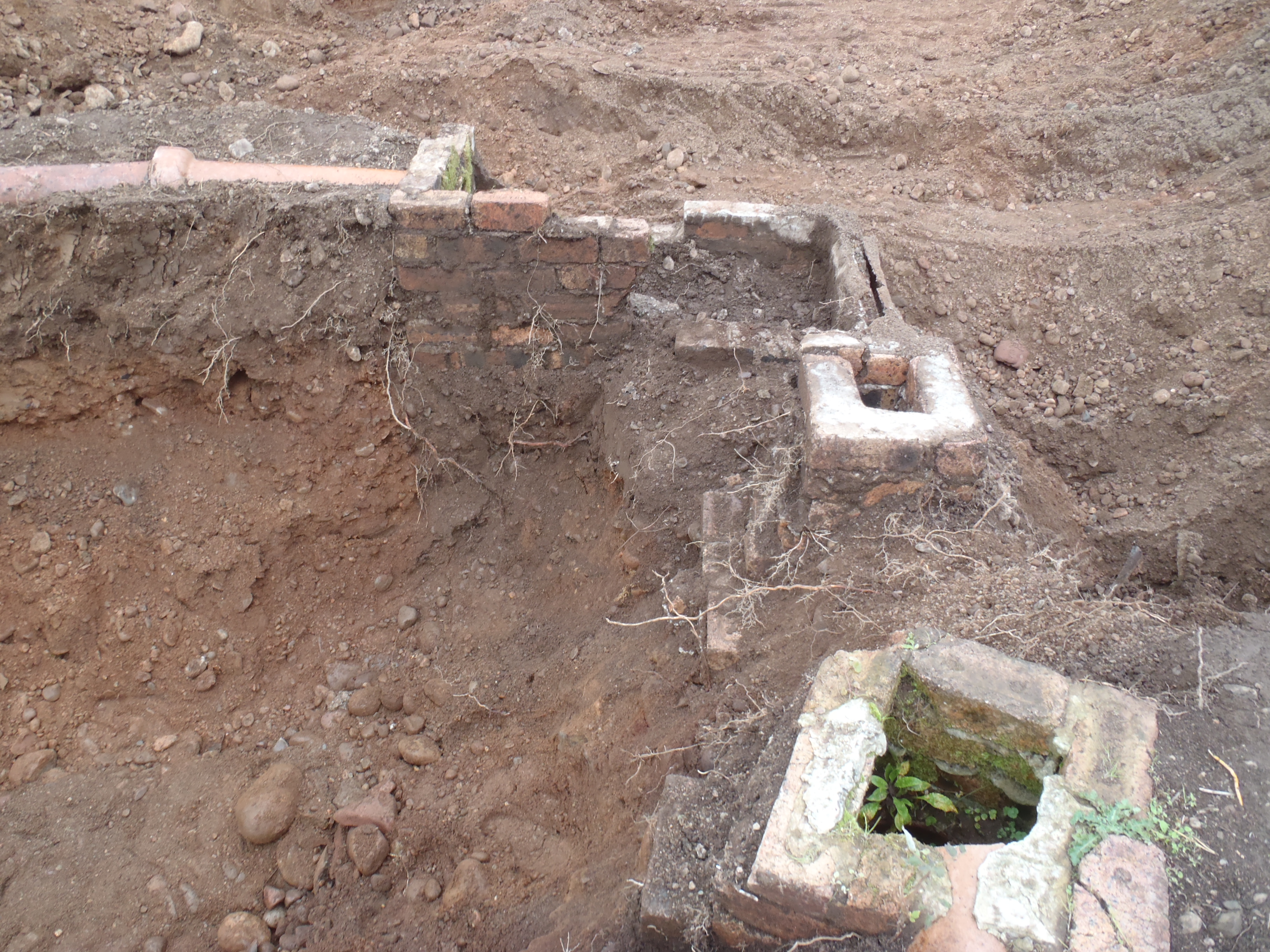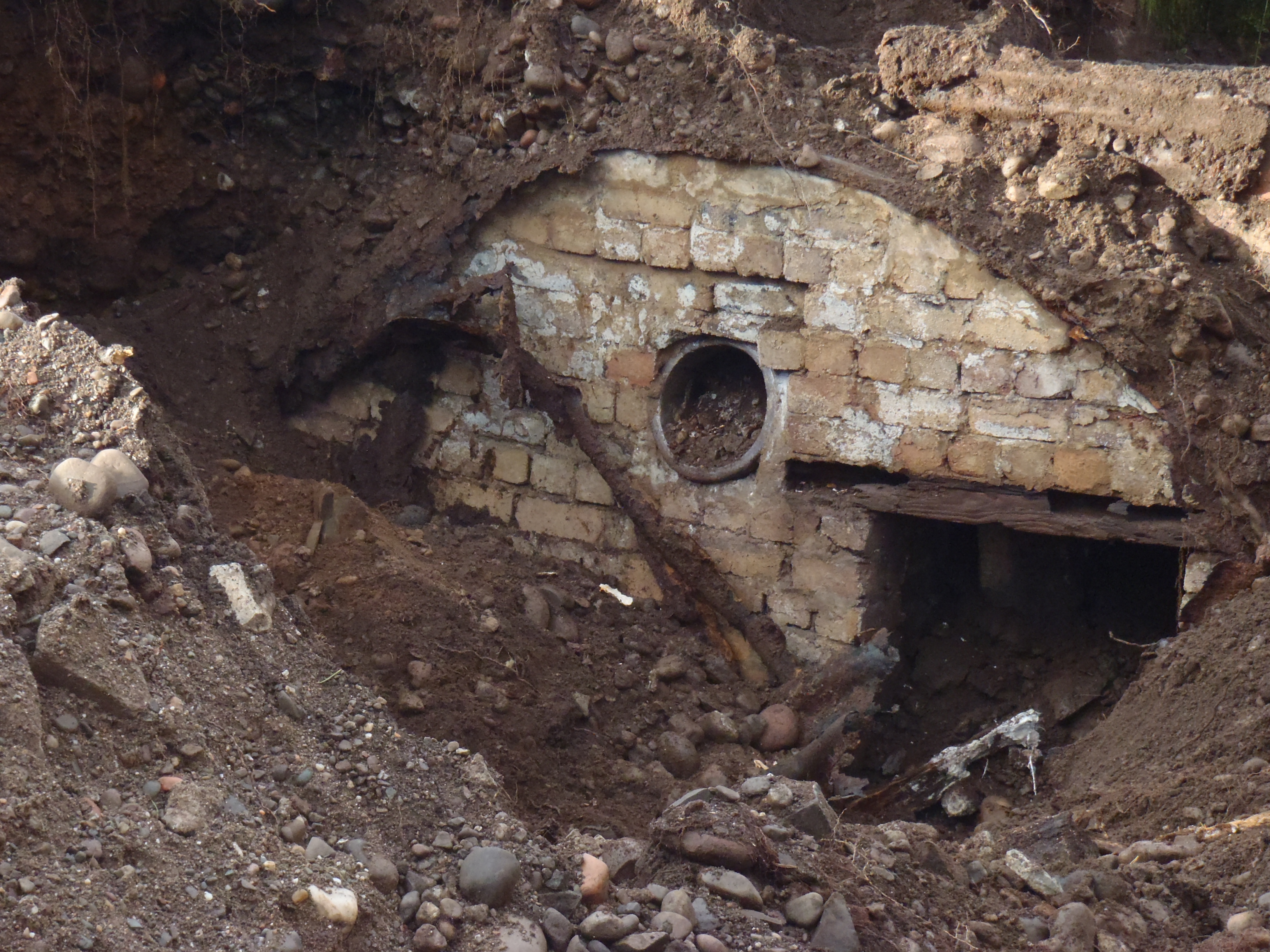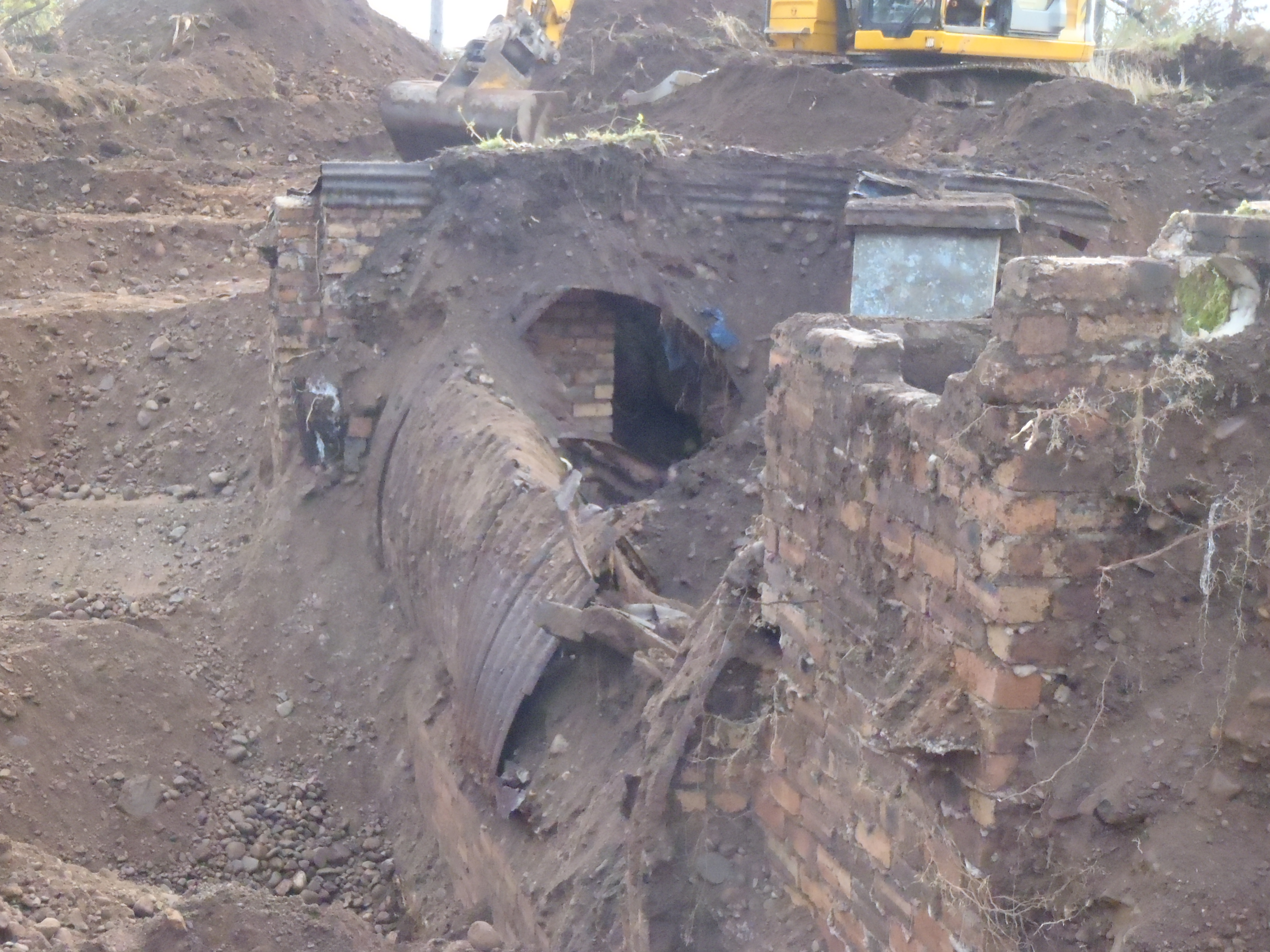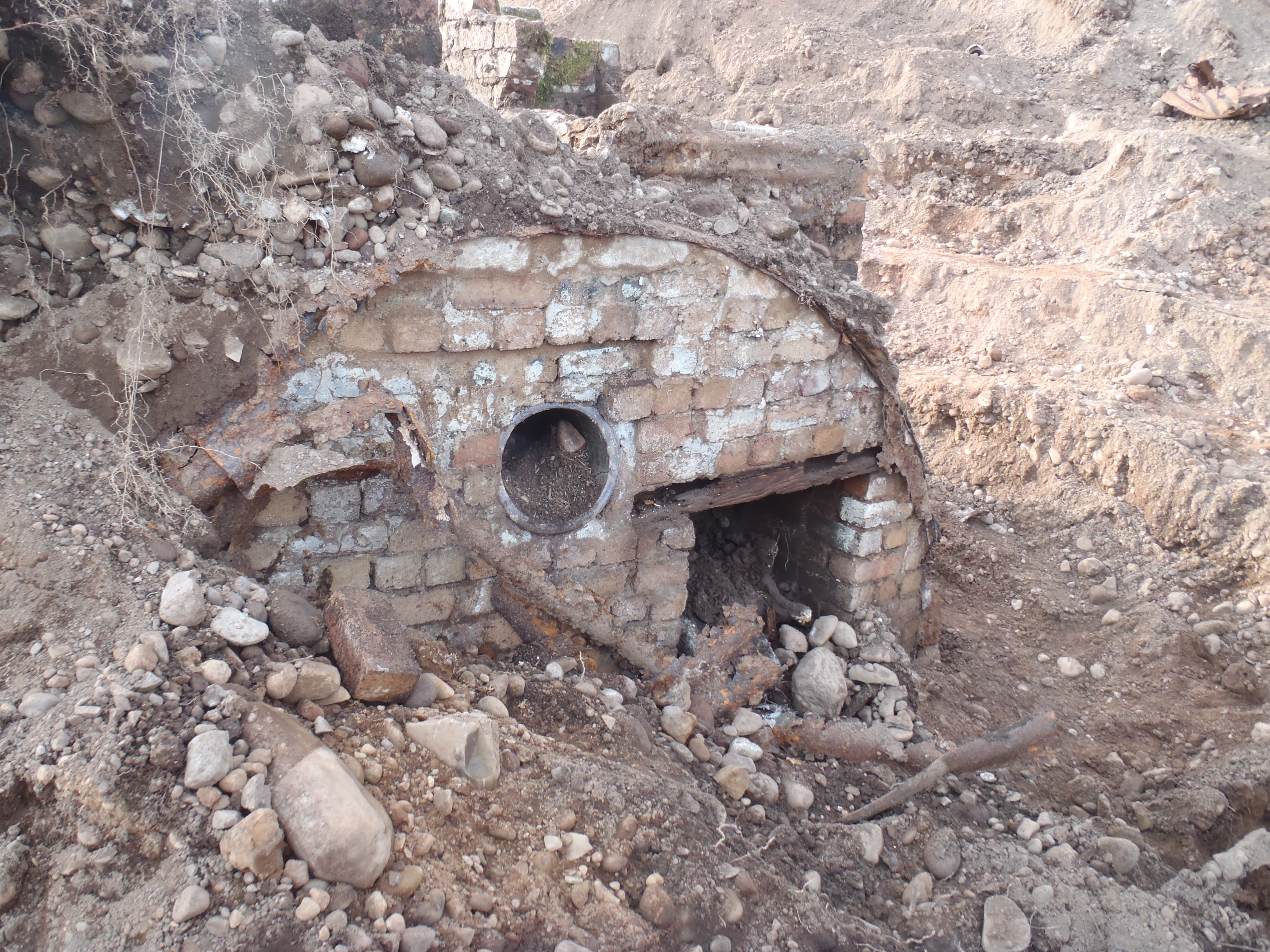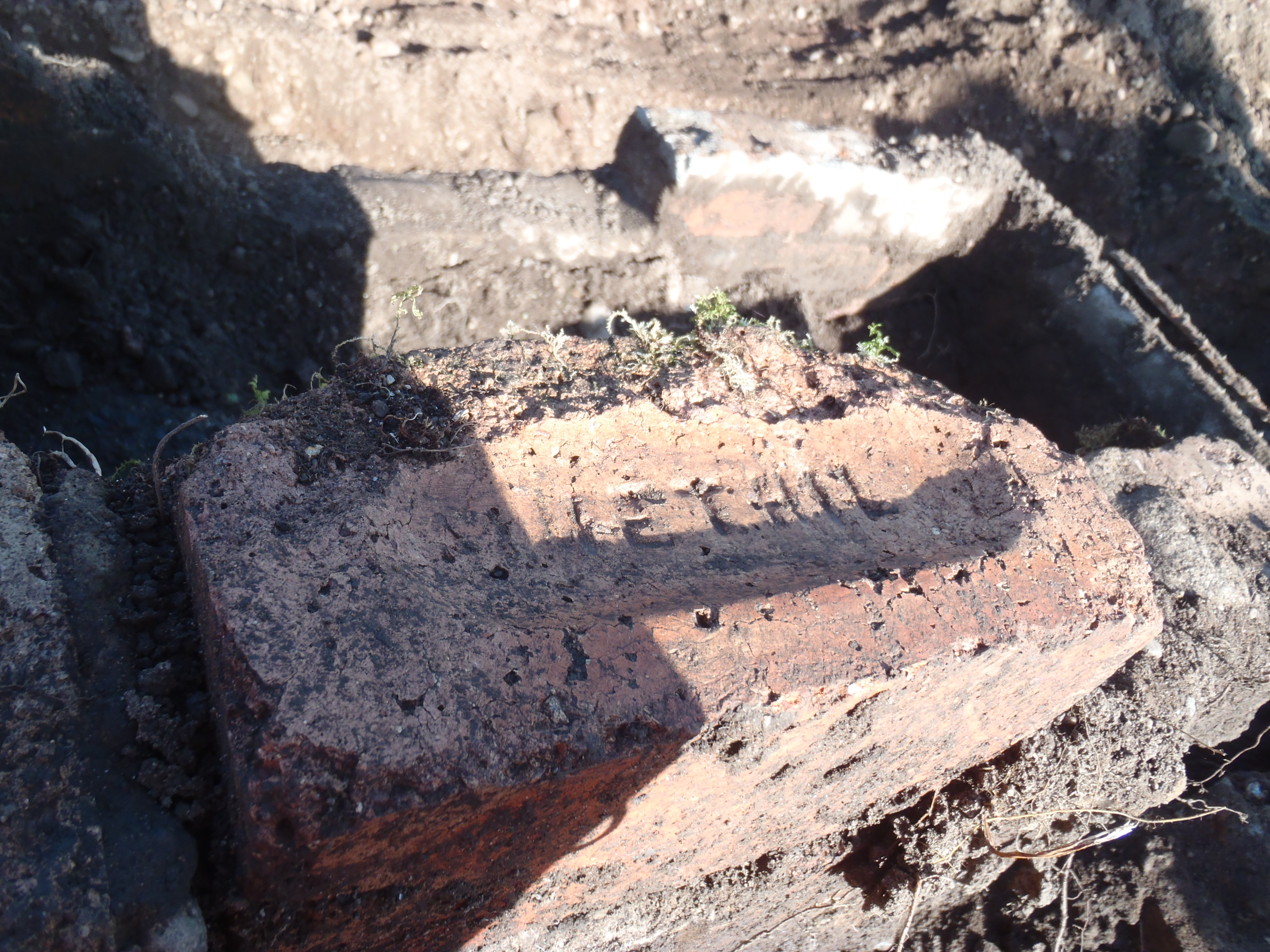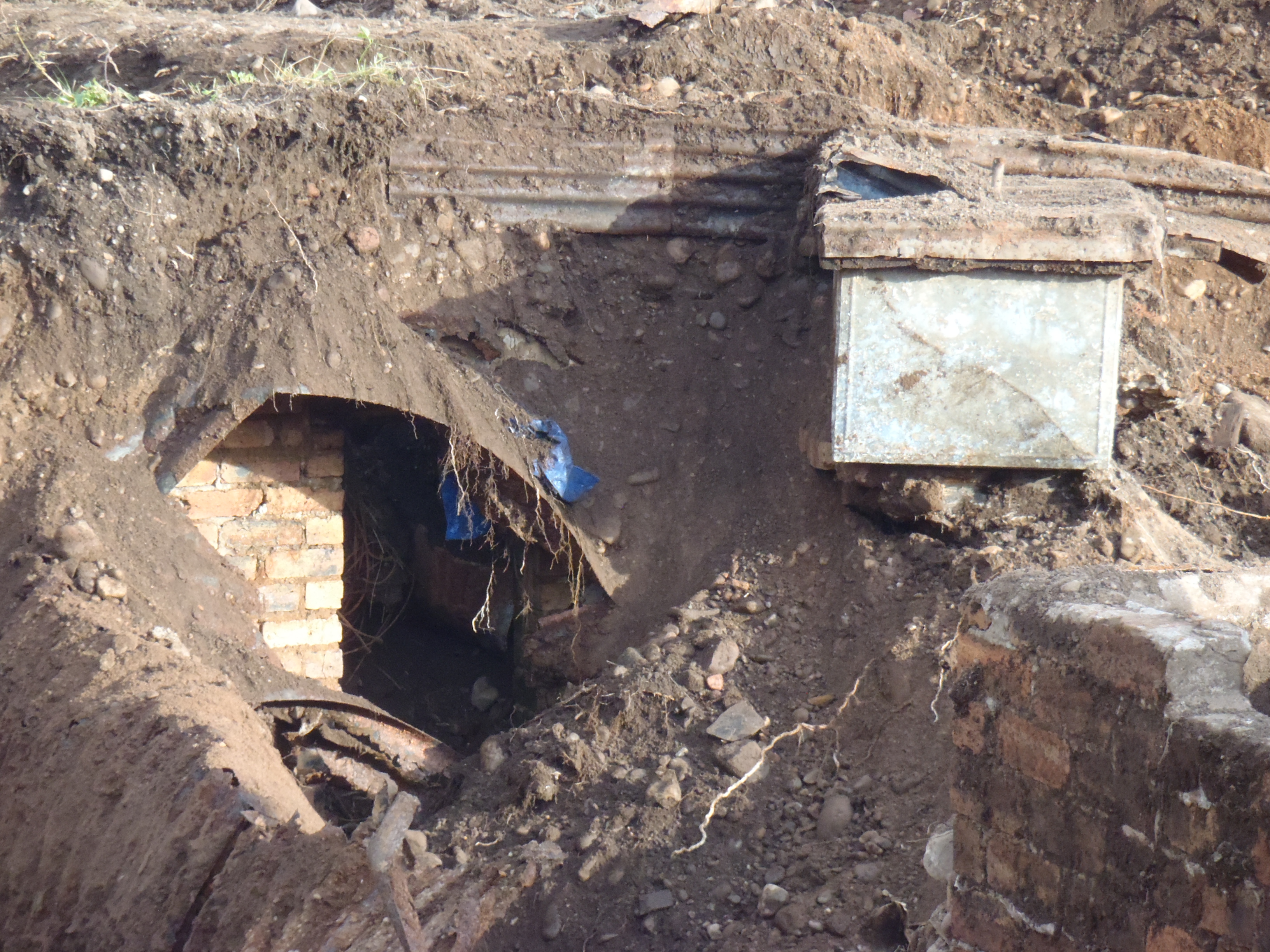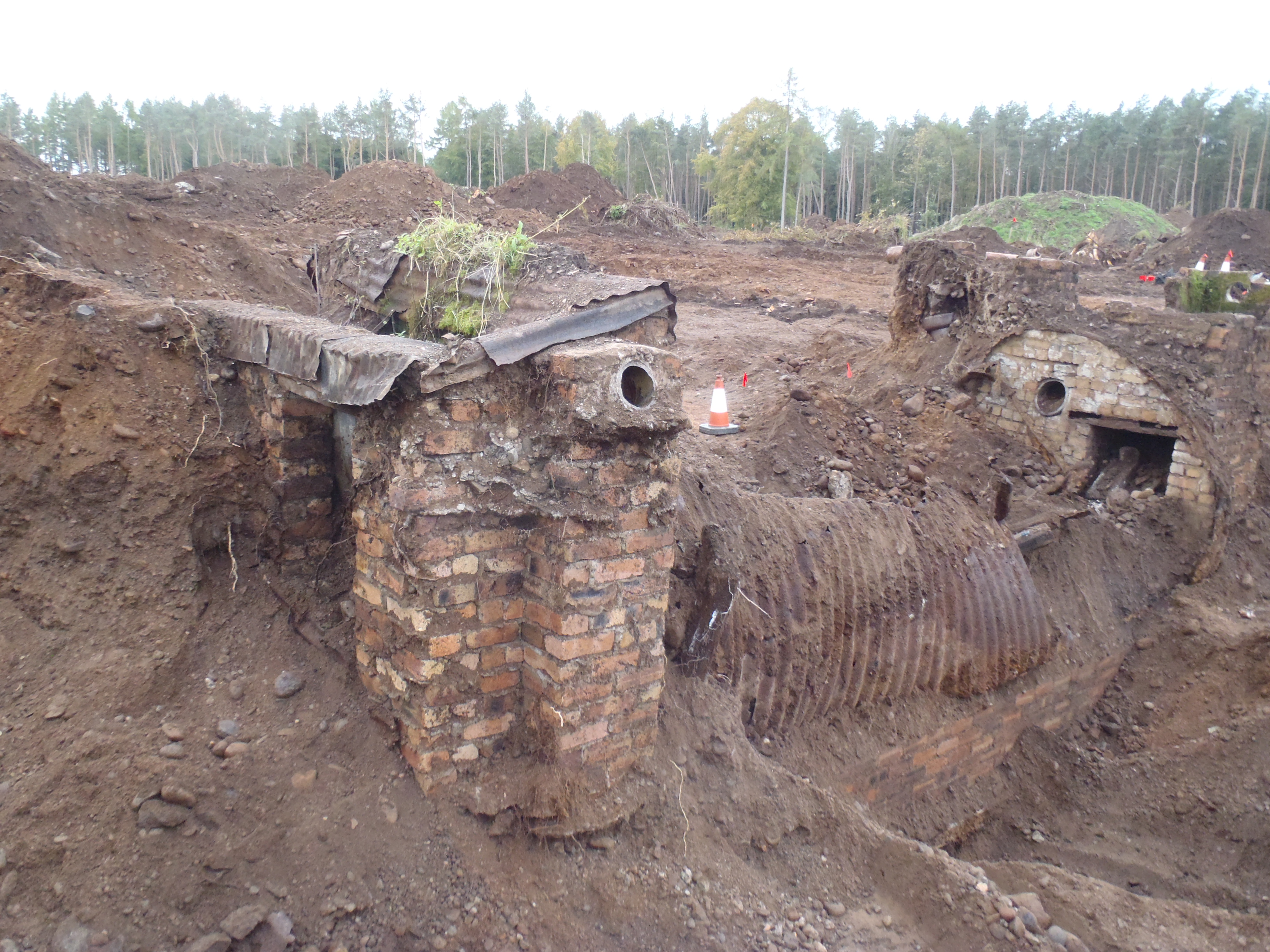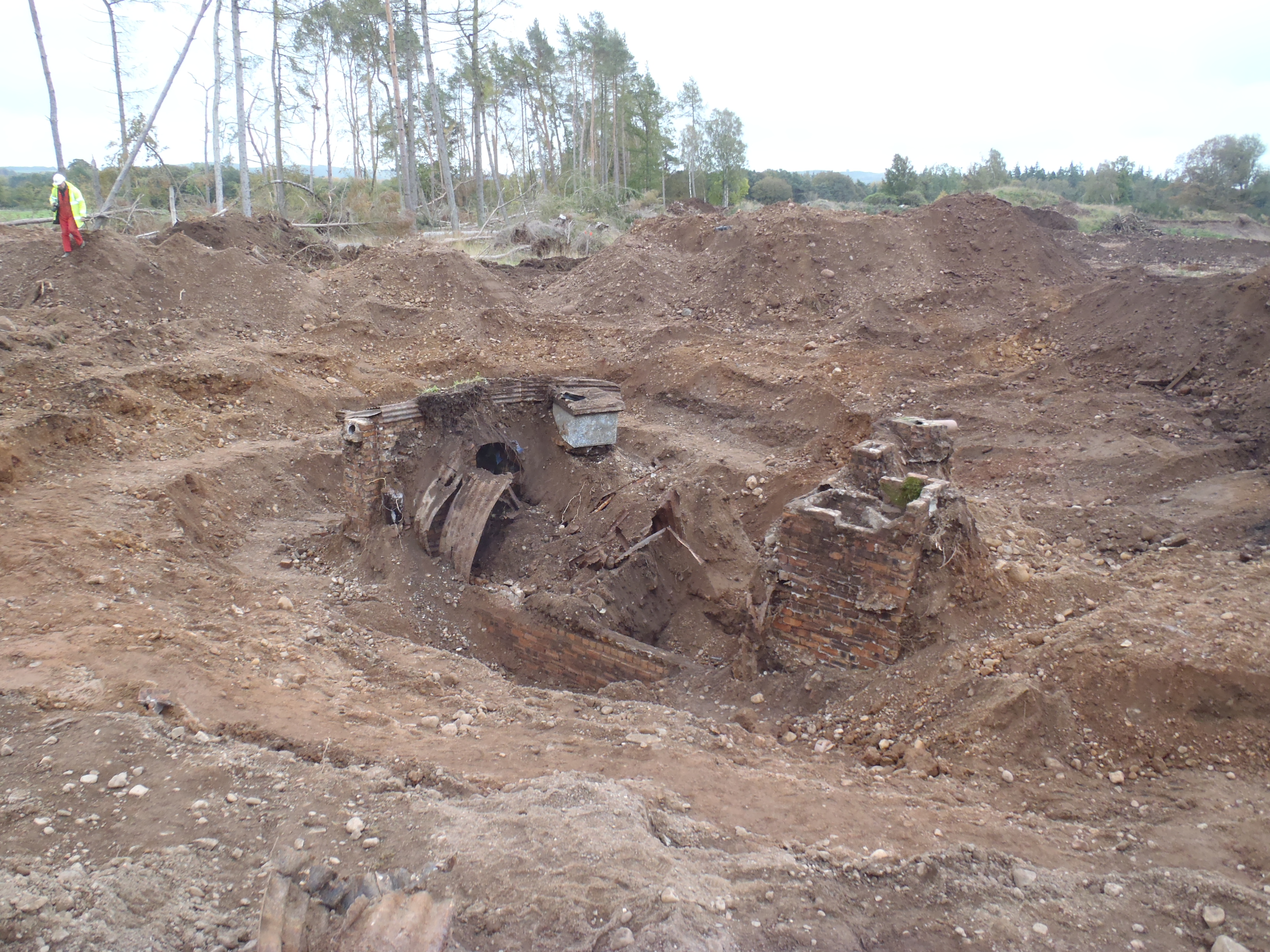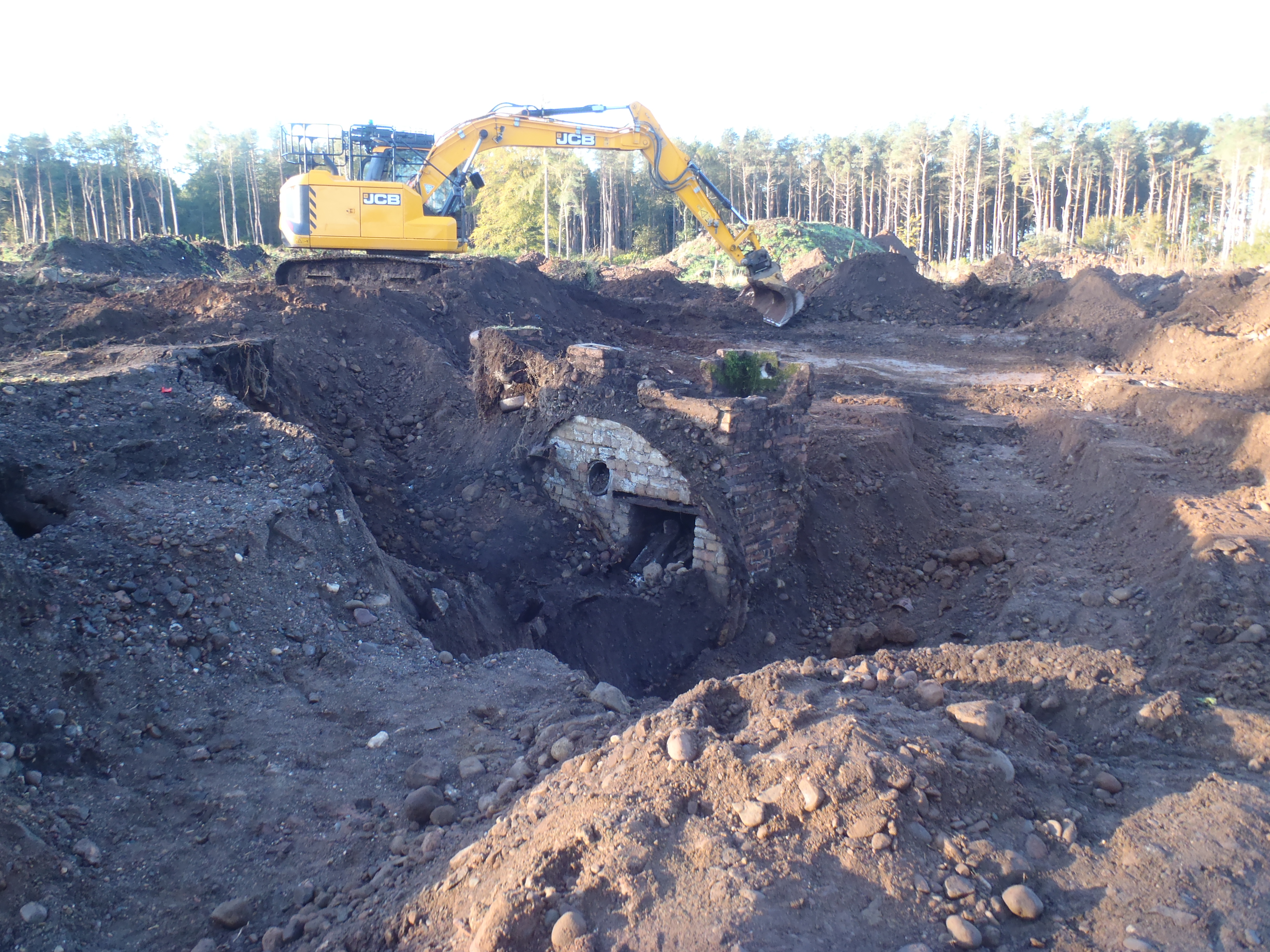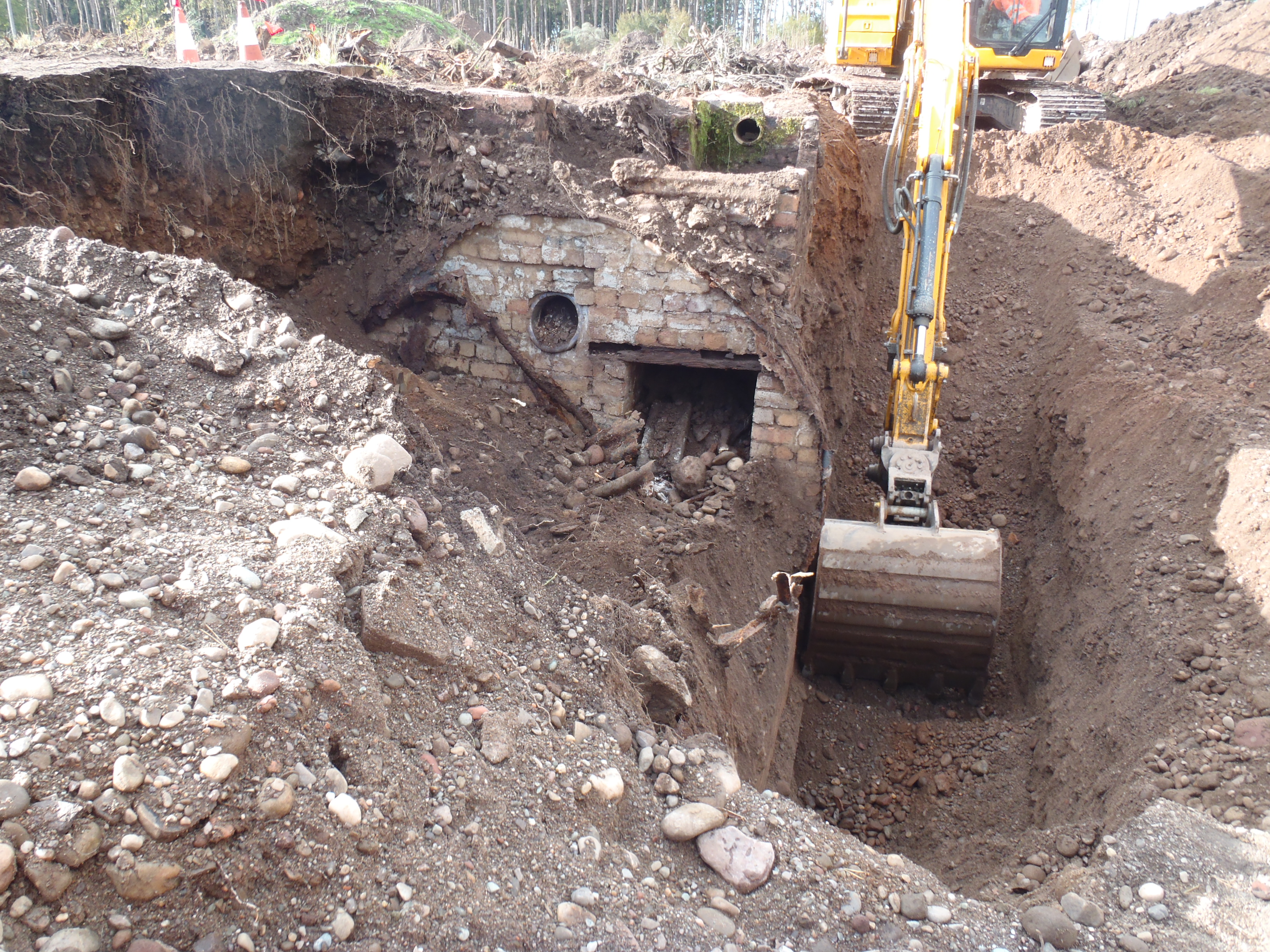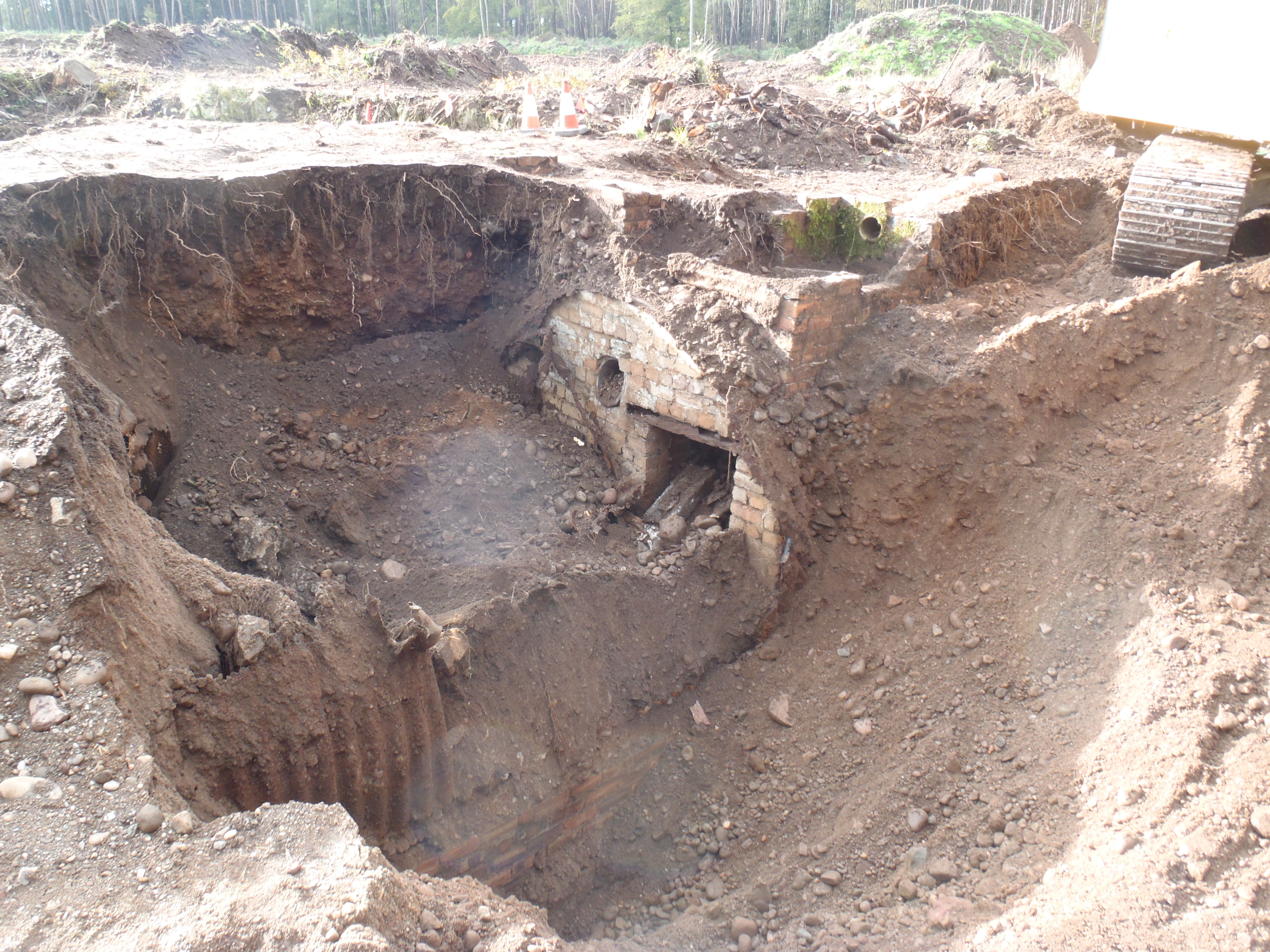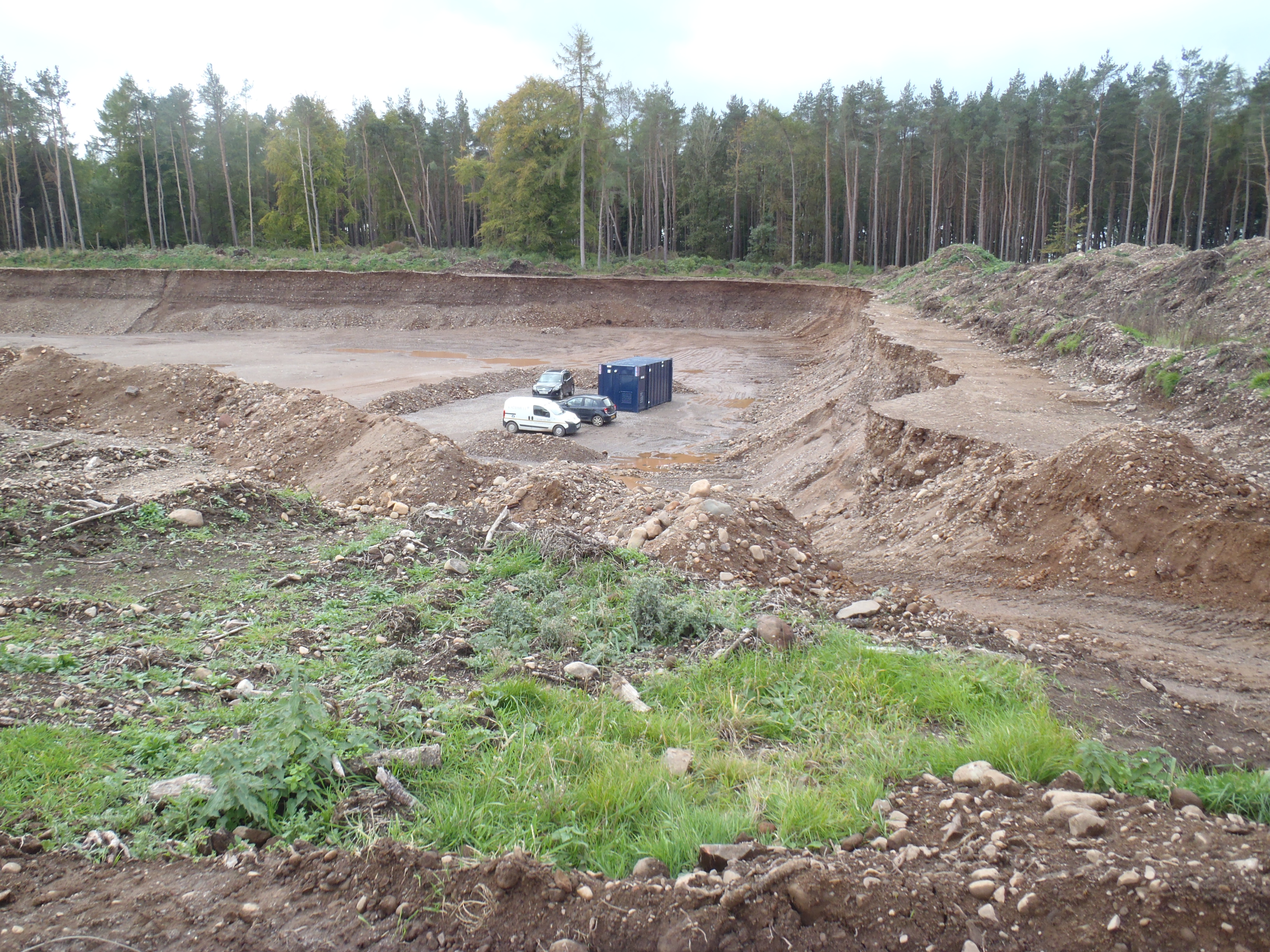Melville House Fife. HQ Auxiliary Units Scotland. Training Establishment.
Melville House a Palladian Mansion surrounded by woodland and in the shadow of the nearby Lomond hills. Designed by Scottish Architect James Smith, who pioneered Palladian Architecture. Constructed between 1696 and 1703, Melville House was the seat of the Earl of Leven. It sat within the Monimail estate. The estate ground was acquired by Sir Robert Melville in 1612.The land remained in the Melville family having been passed down to sons and a Great nephew. The third Lord Melville died in 1643 and was succeeded by his 7-year-old son, George, who was to be responsible for building the present-day house on the estate of Monimail. The house continued in the possession of descendants of the first Earl of Melville until 1949 when it, together with the contents was sold. Its contents, being auctioned off and sold within, a week of coming onto the market. Lady Leven died in 1938 and the Earl of Leven in 1947.
Captain (later Major) Eustace Maxwell, Argyll & Sutherland Highlanders, having been appointed on the 25th July 1940 as the senior Intelligence Officer organising recruitment and establishing Auxiliary Unit Patrols north of the border was visiting the county of Fife. Maxwell had been in the county to meet a land owner, who was one of the first Area Group Commanders in Fife. Maxwell had travelled from his HQ near to Falkirk in his 38hp Ford 1938. He actually covered more miles than any serving Auxiliary Unit officer during his time in Scotland. He sold the car in July 1942. It was during this secret meeting that mention was made of a large secluded mansion house which had been recently requisitioned by the War Office. The house in question was Melville House which had been partially occupied since the death of Lady Leven in 1938.
It was during mid-August 1940 on an overcast morning, a ground floor window opened overlooking a well manicured lawn and garden, in the near distance were statues of Mercury and Fame, sitting atop the gate pillars. A Beech lined avenue planted in the 1800’s extended towards a mixed woodland beyond, known as Approach Wood, which was the route to the house from the south. Eustace Maxwell took in the atmosphere of his rather grand HQ. Over the course of 1940 into late 1941, he continued to visit as many Auxiliary Unit Patrols all over Scotland, but by this time he had appointed others to take on more permanent positions in the way of Intelligence Officers, Area Group Commanders along with their Assistant Group Commanders and Civilian Group Leaders to oversee the training and construction of Operational Bases. One of his first set of challenges was to establish new patrols in areas previously not covered. One of the largest areas was that of the Outer Hebrides and Caithness & Sutherland, which was now under the command of Captain Albert George Fiddes -Watt. Queen's Own Cameron Highlanders.
Training operational Patrols at Melville House grounds during the latter part of 1940 and into 1942 continued unabated. Units from most of Scotland travelled there by rail or military transport, with a rail link in nearby at Ladybank, Patrols from as far as the Scottish borders and Angus, Kincardineshire could attend training courses at Melville House. Visiting Intelligence Officers from Coleshill House or Royal Signals personnel would at times be collected from the nearby Ladybank railway station.
Within the grounds of the house to the north was a small arms range, which faced onto a grassed over earthen mound, this was to provide a suitable location for the use of a wide range of weapons, this included the .38 revolver, Sten-guns, Thompson sub machine gun. During one range day a sheep that had strayed into the range area was accidentally shot and the local farmer, who was eventually compensated had donated the sheep to the house. The sheep after being professionally butchered by one of the Area Group Commanders, the meat found its way to the Melville House kitchen and into the hands of Gartley the resident duty cook based there. With meat rationing in force by now, this was a welcome addition for those based at the house on a permanent basis.
Demolition training was one specialty taught at Melville House. Personnel were instructed in techniques on how-to blow-up railway lines and soft skinned vehicles and light armour as well as vulnerable points on parked aircraft. Using a variety of methods, including Time-pencils and Nobels 808 explosive, and some unorthodox- improvised explosive devices. Sections of rail track were positioned on sleepers in a manner to replicate actual full-length tracks. In a clearing near to the demonstration OB was a fenced compound, constructed by Royal Engineers. Made to replicate a Laager, which had its origins in South Africa, literally meaning Camp’. Vehicles were indeed parked there, some of WW1 military origin which had no use militarily, as most were dilapidated, unserviceable including a couple of civilian vehicles. Some with German markings crudely painted on the sides just to add a bit of ‘realism’. According to David Lampe in his 1968 book 'The Last Ditch', mention is made of a demonstration at Melville House where by some vehicles were destroyed in a mock attack by Auxiliary Unit Patrol Members; this did happen, but not in the grand style the book mentions, some explosive charges failed to 'go off'. but two 'big bangs' did result in two windows being cracked in one of the outbuildings and a picture fell of a wall in the library. A small group of senior officers in attendance watching the demonstration did instinctively react to the bang. One of which was General Thorne.
Just over 3 miles away was the POW camp Number 77 at Annsmuir, which was also near to the railway station at Ladybank. As another addition to the realism in the scenarios played out at the house, German uniforms and some other items were ‘liberated’ from some of its inmates and collected by various devious means from throughout the plethora of military establishments in the UK.
To supplement the training carried out at Melville House a small nucleus of soldiers from the Regular Army known as Scout Sections which consisted of one Scout Section Officer and eleven other ranks, one vehicle and driver. The Scout Section based at Melville House were from the Royal Scots, with a section from the Argyll and Sutherland Highlanders also assisting with training on a rotation basis. For a short while they lived initially in tented accommodation as parts of the house was out of bounds to the military. Eventually being billeted in the one of the outbuildings. The house continued to be in the hands of the military until 1944. By then it had suffered some cosmetic damage due to the house being in military occupation. With the disbandment of Auxiliary Units, and no requirement for the Scout Sections, the troops were returned to their respective regiments. Some of them later volunteering for the SAS Regiment, as was the case of some of those Auxiliary Unit personnel who were trained at Melville House. And so ended the wartime life of the House and the important contribution it played with training a very secret organisation ready to go to ground when the time came.
The house had various occupants after the war. It became the new setting for Dalhousie School, which had previously occupied Dalhousie Castle, in Midlothian. It was from 1950 to 1971 the Dalhousie Preparatory Boarding School for boys. Melville House became a Special Education Boarding School from 1975 to 1998.
In the early 2000’s the house was purchased for £1m and was restored as a private home, the new owner having then spent several years living in the property. The house then came on the market, with the new owner spending a vast fortune on the restoration work. Historic Scotland having some input to the standard of restoration required due to its historical importance. That new owner ran out of money A few years elapsed after the purchaser failed to sell the property for the asking price of £4.5m. Melville House was then repossessed by the lender which was a South African bank, making it the most expensive repossessed property in Britain. The house came on the market and the asking price was £2.5m, eventually it sold for £1.6 million.
Today the house welcomes guests from all over the world and trades as Melville Escapes, a very successful family run business.
The wooded area which was once part of the estate, known as Approach Wood is now part of Mountcastle Quarry, Angle Park Sand & Gravel Company are extracting material from the site.
Once the work is completed, the site will be restored with features similar to its historical layout.
© David Blair
In Oct 2022, David Blair (representing CART) was involved with an archaeological dig of the demonstration OB remains along with Rathmell Archaeology Limited and with the thanks of Angle Park Sand and Gravel Company. A report of the excavation is here.
Ladybank,
Fifeshire
Scotland
KY15 7RJ
| Role | Name | Posted from | Until |
|---|---|---|---|
| Intelligence Officer | Captain Wentworth Douglas Clark | 01 Dec 1940 | 06 Sep 1943 |
| Intelligence Officer | Captain John Alfred McCue | 06 Sep 1943 | 22 Apr 1944 |
56.311823, -3.134925
David Blair
Rathmell Archaeology Limited
Fife Archaelogical Services
Angle Park Sand and Gravel Company
